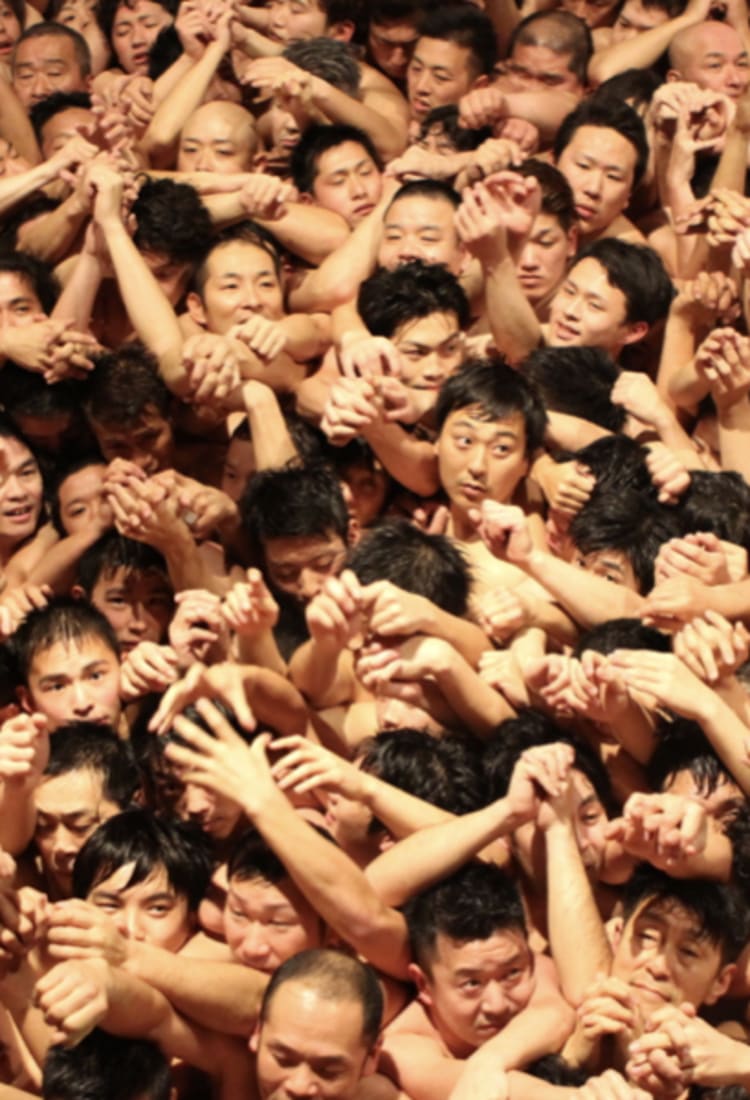
Receive the gift of good fortune at Okayama’s Hadaka Matsuri, one of the oddest festivals on earth
Receive the gift of good fortune at Okayama’s Hadaka Matsuri, one of the oddest festivals on earth
The 10,000-strong mob compete fiercely to win the luck

Each year on the third Saturday of February (February 16 in 2019) men gather in Saidaiji Temple in Okayama City, Okayama Prefecture. The number who gather under a frigid sky wearing only a white mawashi*1 and white tabi socks (people dressed like this are referred to as hadaka, meaning naked) reaches as many as around 10,000. A pair of shingi sticks that are believed to bring good luck and happiness are thrown into the midst of this group. Those who manage to grab the sticks are named fuku-otoko, meaning “lucky man,” for that year.
*1: A loincloth-type article worn by sumo wrestlers during sumo bouts.
In recent years, the event has made a name for itself as one of the oddest festivals in the world thanks to a BBC iPlayer DJ who participated and broadcast his experiences, as well as event coverage by French, German, and Korean television stations. This has resulted in an increase in the numbers of participants from overseas, and the festival is even starting to see people coming back for another try.
Although it is the naked mob aspect that finds its way into the spotlight, Saidaiji Eyo is a sacred event that has a history dating back more than 500 years. The festival’s roots can be traced back to 1510, and the lucky charms that the then chief priest of the temple, Shonin Chua, bestowed on worshippers visiting the shrine. Reports of subsequent luck led to more and more people requesting lucky charms, until it reached a point where the priest had no choice but to throw them out over the heads of the worshippers. And that was how the scramble for lucky charms began.
Over time, the paper charms became sticks, and the participants began stripping off to give themselves freedom to move, until eventually the festival took on its current shape.
Every year, the shingi are cut from a sacred tree (the tree said to enshrine the deity that year), and then imbued with prayers over a period of two weeks. Participants aiming to snatch these shingi each have a prayer in their heart, be it for health or long life for themselves or their family, or for their children’s healthy growth or exam success.

Don a white loincloth and white tabi socks and join the ranks of the “naked”
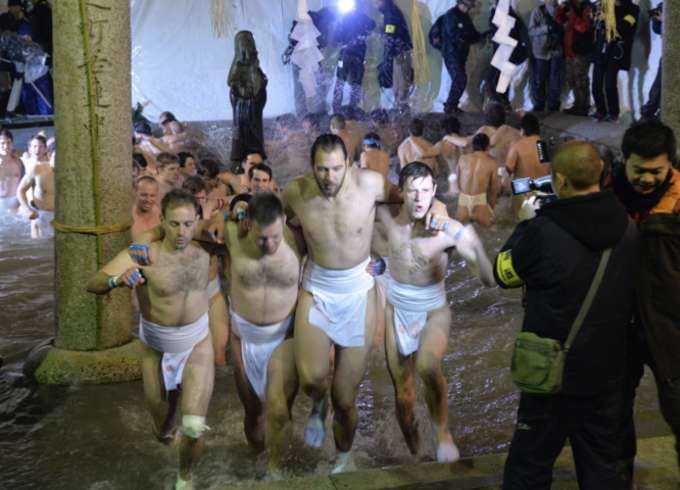
Any male who is junior-high-school age or over can participate. However, please note that men with tattoos or men who are drinking are not eligible.
Please be sure to wear the loincloth and tabi socks detailed in the Participation Page (English available). These two items can be bought on site, so there is no need to prepare them in advance. There is also a changing space available. You can register to participate in advance through the participation page or you can register on the day. However, be prepared for possible injuries since this event involves violent jostling amidst a packed crowd.
Avoiding locations near the edge of the main floor or close to pillars may reduce the danger. But, for safety and peace of mind, please make sure you have overseas travel insurance.
The semi-naked men begin making their appearance from around 8 pm. Yelling WASSHOI as they enter the grounds, the men make their way to the purification pool where they purify their bodies in water before heading over to the main hall. By 9 pm the main floor is overflowing with people, and the main hall is blanketed in air so warm that steam sometimes rises off the group, despite the frigid cold.
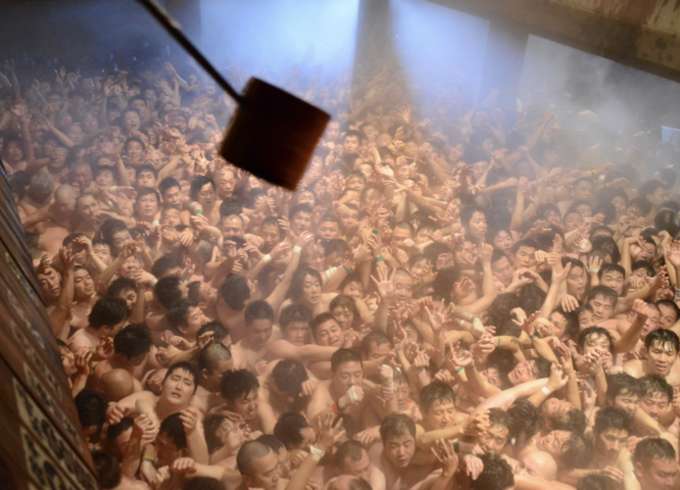
The festival’s climax — the throwing of the shingi — begins at exactly 10 pm. At one minute to 10 all of the lights in the main hall are turned out, and the excitement of the near-naked men reaches fever-pitch with anticipation. The first items dropped into this fevered crowd from a main hall window are 100 smaller sticks called kushigo, representing the concept of distributing some of the luck from the shingi. Then finally, the chief priest (the representative amongst the monks responsible for managing and running the temple) throws a pair of shingi into the crowd.
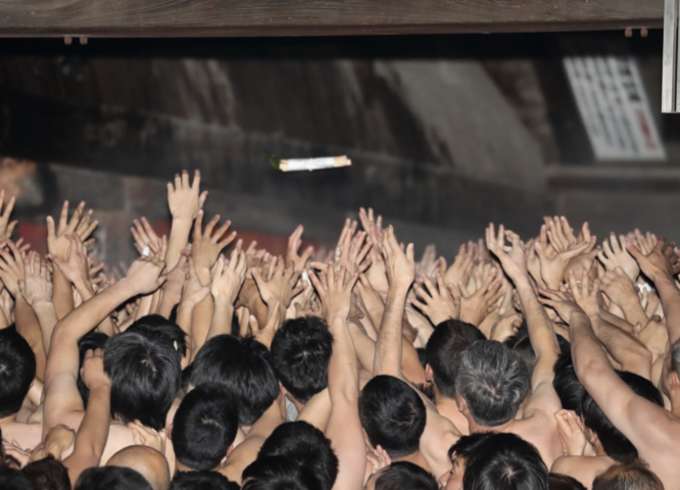
Who knows, the one to dominate the struggle, carry off a shingi, and be the recipient of the good fortune could be you.
Saidaiji Eyo attractions that women and children can also enjoy

Although the prevailing image of Saidaiji Eyo is that of a men’s-only festival where only semi-naked men can enter Saidaiji’s grounds, the excitement from the stands is also palpable.
Also, among the Saidaiji Eyo event schedule are items where women and children take center stage.
In the Shonen Hadaka Matsuri, or Boy’s Naked Festival, that begins at around 4 pm, elementary school students from local schools don loincloths and compete to capture treasure tubes. This battle between boys, who may one day win the shingi, is also an exciting spectacle.
At around 7 pm, the Eyo Taiko women drummers step up to the taiko and begin to warm up the crowd. Then fireworks are let off, intensifying the euphoric mood of participants and spectators alike.
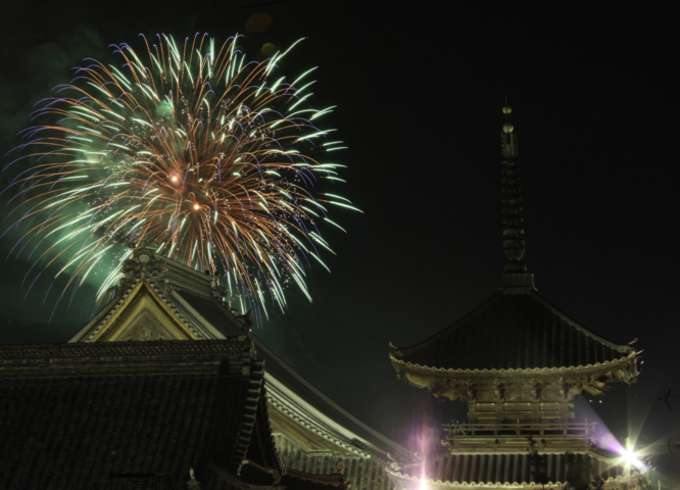
Whether you participate, or watch and listen from the stands, you’ll find plenty to entertain you. Either way, the excitement of the men’s intense battle is not to be missed!
Getting to Saidaiji Temple
– Train
Approx. 20 minutes by train from Okayama Station to Saidaiji Station on the Ako Line, followed by a walk of approx. 15 minutes from Saidaiji Station
– Bus
Approx. 30 minutes by bus from Okayama Station to Saidaiji Bus Center, followed by a walk of approx. 15 minutes from the bus center
(A special bus service is scheduled to run on the day)
For more information
– Live streaming from Saidaiji Eyo YouTube Channel
– Okayama Prefectural Tourism Federation (Okayama Prefectural tourism website)
–Okayama City Travel Guide




















































